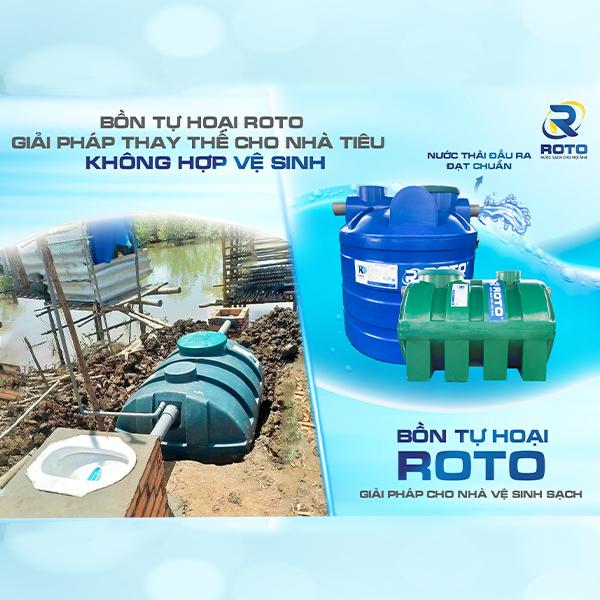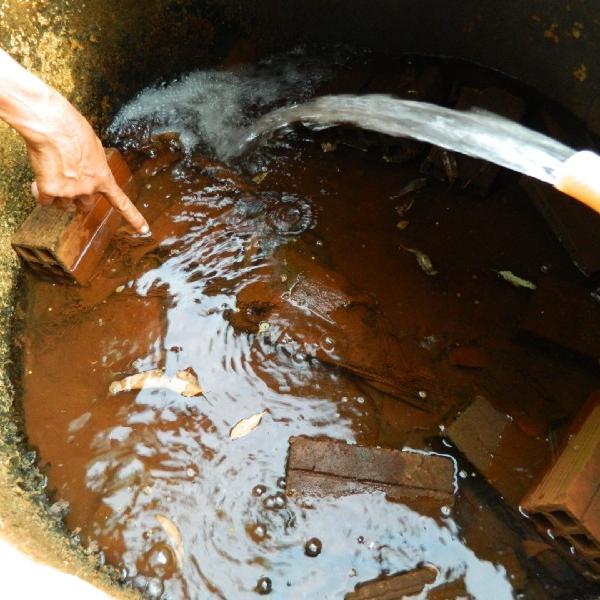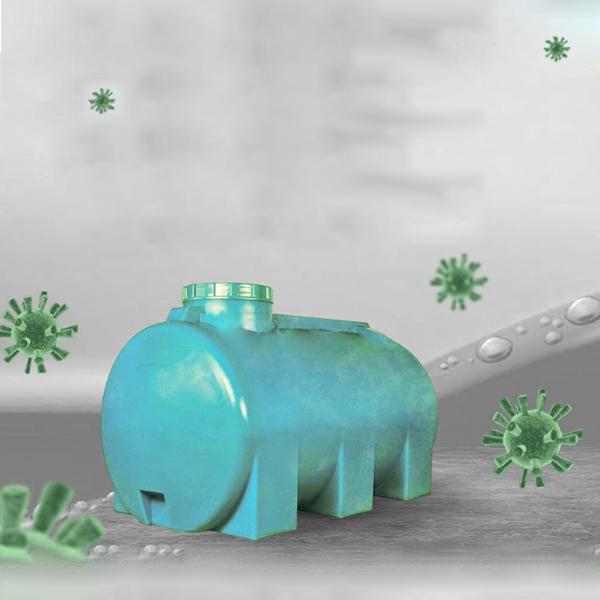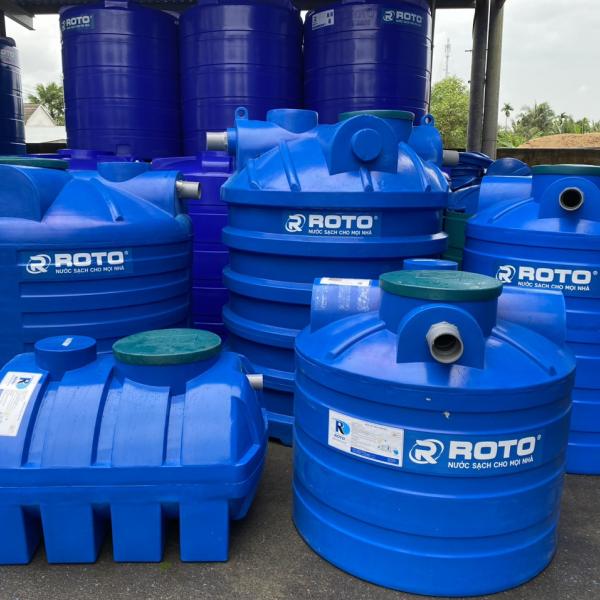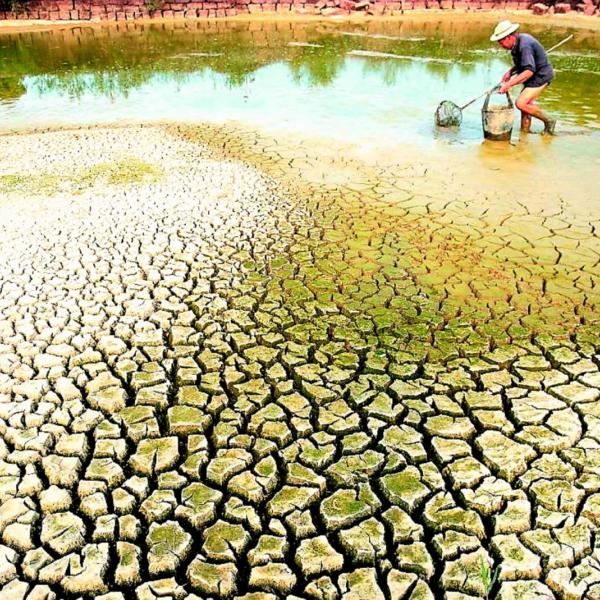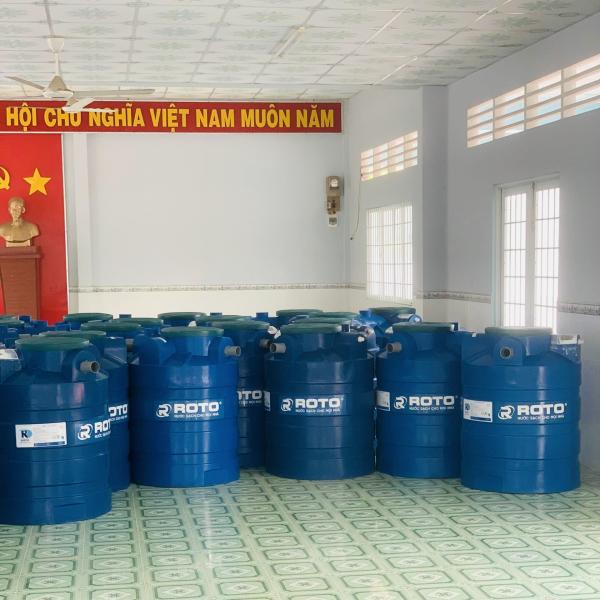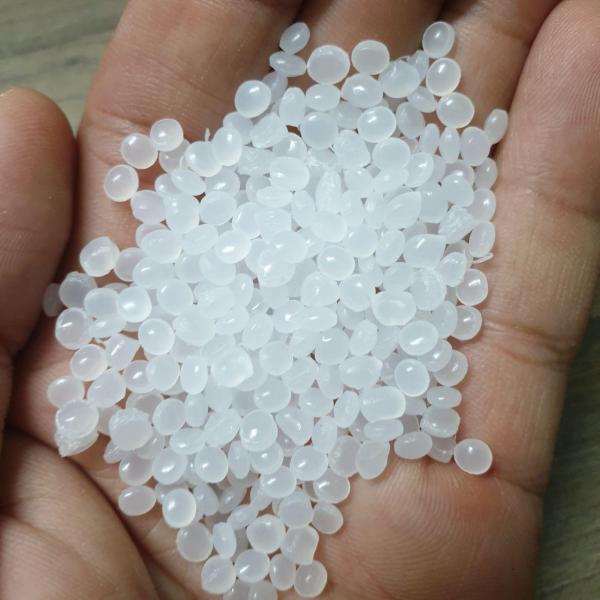Beware of items made from black plastic
Beware of items made from black plastic this plastic is contaminated with a lot of dangerous heavy metals such as bromine, antimony, lead... and may be gradually infiltrating peoples lives around the world. Black plastic has special properties that make it impossible to cleanly recycle.

British scientists have found excess heavy metal concentrations in products made from black plastic, including: jewelry, plastic spoons, garden tools, decorations, coat hangers, toys, etc. plastic boxes and office equipment.
Carbon-colored black resin, in many cases produced by burning by-products from petroleum extraction and refining. While other plastics can be melted for recycling using near-infrared rays, black plastic is unaffected by this low-intensity radiation.
Even so, black plastic is still very popular thanks to its aesthetics. Just look at electronic devices, when the white computer keyboards and screens that were popular in the 90s, have now turned all black. The source of black plastic is collected mainly from e-waste.
Wary of items made of black plastic, Turner tested more than 600 items of black plastic with X-rays
Beware of items made of black plastic, in his research, Turner tested more than 600 items of black plastic material with X-rays, including: clothes hangers, jewelry, office supplies, appliances electronics, toys, even food containers…
.jpg)
X-rays allowed him to accurately detect compounds mixed in plastic, because each compound would give a different diffraction pattern. These graphs are considered their "fingerprints", unmistakable.
The results show that many items are contaminated with heavy metals in excess of the allowable level. For example, jewelry, plastic spoons, garden tools, Christmas decorations, coat hangers, etc. have bromine concentrations exceeding the allowable bromine concentration in electronic devices.
Toys, plastic containers and office equipment also have lead concentrations above the legal limit for electrical equipment.
"Black plastic can be aesthetically pleasing, but this study confirms that recycling black plastic from e-waste is introducing harmful chemicals into consumer products," said Dr. Turner. "There are health and environmental impacts arising from the production and use of plastics in general, but black plastic poses the greatest risk of all."
Currently, theres no way to know exactly where the recycled black plastic has entered the supply chain and is made into household items, Turner said. He hopes that his research will create a voice in the scientific community, prompting further studies to find this gap.
At the same time, he also wants to assess whether harmful substances in e-waste can get into food, or be absorbed through the skin to enter the human body.
Article source: Collected



